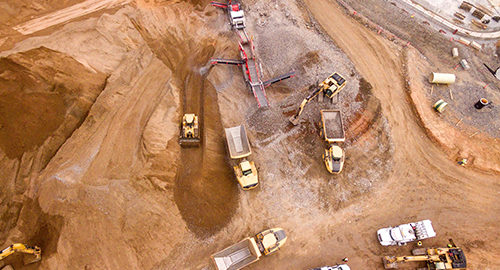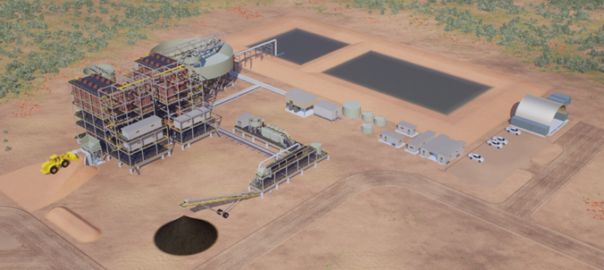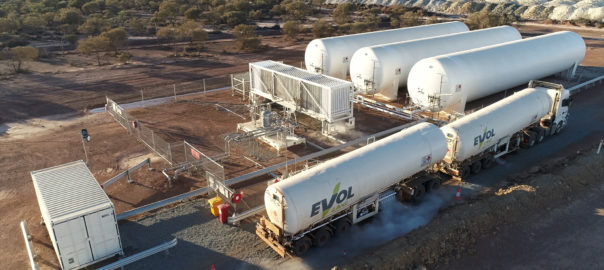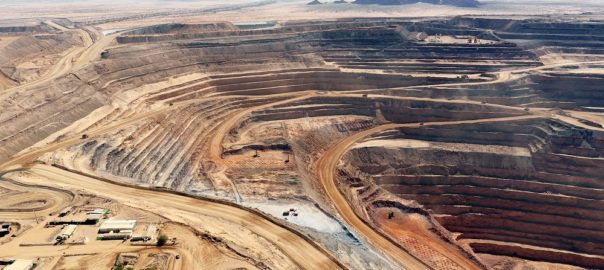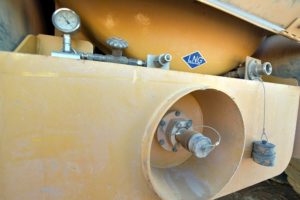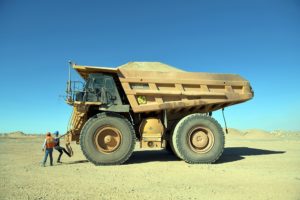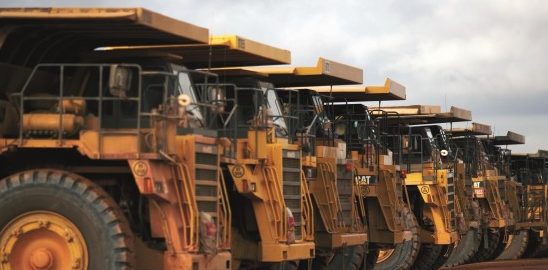Caterpillar’s focus on minimising the environmental impact its large mining trucks have on operations has seen it pursue many new and old technologies of late, one of which is the use of alternative fuels.
In a recent Viewpoint post, David Rea, General Manager for Cat Large Mining Trucks, said the company is looking throughout its supply chain to reduce the emissions associated with using and building its vehicles.
“We’re meeting the most stringent emissions regulations,” he said. “We’re offering trucks that can run on alternative fuels, and others that can be electrified using our trolley conversion kit. We’re also making sure we get the most out of parts and components so we’re reducing waste and energy usage.”
On top of this, the company is pursuing Project Verde, a project “focused on energy and emissions reduction, and helping customers decrease their carbon footprints through machinery and power solutions that contribute to lower greenhouse gas”, Brian Weller, Chief Engineer, Surface Mining & Technology, Caterpillar Inc, told IM earlier this year.
In the meantime, Cat said it continued to see interest around the world for alternative fuels and was researching various solutions both in the lab and field in response to this.
One solution, liquefied natural gas (LNG), is a clean-burning fuel that can be sourced locally and is produced more naturally than diesel. It has been discussed as a diesel fuel alternative in the industry for more than a decade, but it is yet to find widespread industry appeal.
Nic Tegtmeyer, Senior Product Specialist at Cat, says the company’s Dynamic Gas Blending (DGB) conversion kits for mining trucks are a dual-fuel technology that enables miners to substitute diesel fuel with LNG.
“Not only has LNG been proven to reduce emissions by up to 30%, it also costs about 30% less than diesel,” he said. “Physical ability remains over 90% and DGB has no impact on unplanned downtime.”
DGB vaporises liquid fuel into natural gas, then replaces diesel fuel with LNG when possible. On average, DGB replaces about 60-65% of diesel with LNG, according to Cat.
One place where this technology is being utilised is Fresnillo’s Penmont division in Mexico, where Cat and its Mexico-based dealer, Matco Cat, has converted the entire fleet of large mining trucks at the La Herradura open-pit mine, in Sonora.
Tegtmeyer says DGB is relatively new in mining, but it has over 10 million operating hours of proven data to its name.
“Testing and customer trials have resulted in zero recordings of unplanned downtime related to DGB,” he added.
DGB kits are currently available for Cat 785C and 793D trucks, but this offering could expand beyond that, according to Tegtmeyer.
“We’re listening to our customers and gauging interest in offering the kits for additional truck models,” he said. “Not every mine is an ideal candidate for this solution, but if a natural gas supply is nearby, it can provide significant savings.”
This article is an edited version of this story here.








